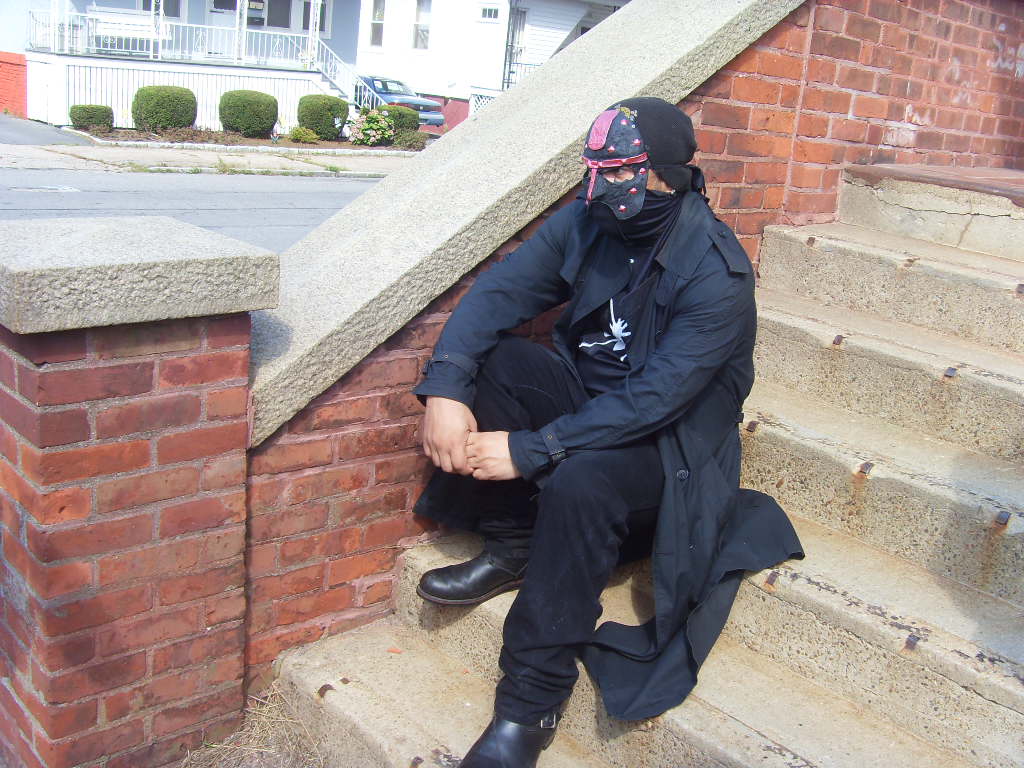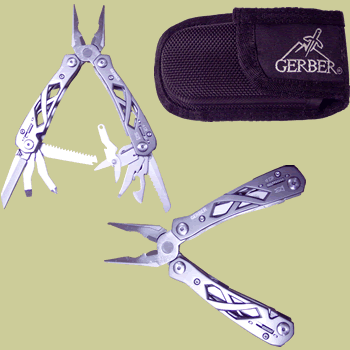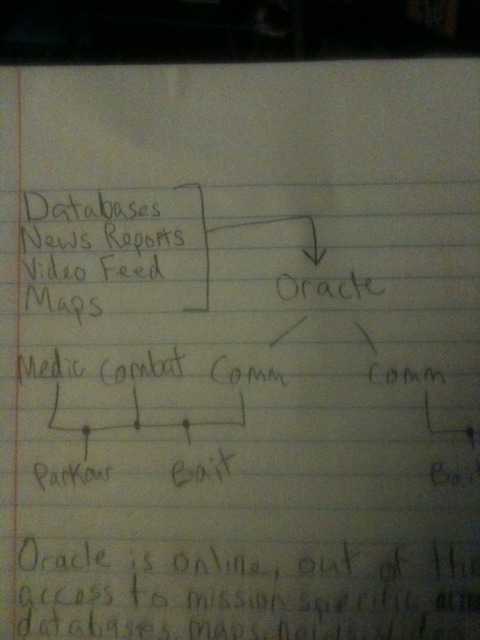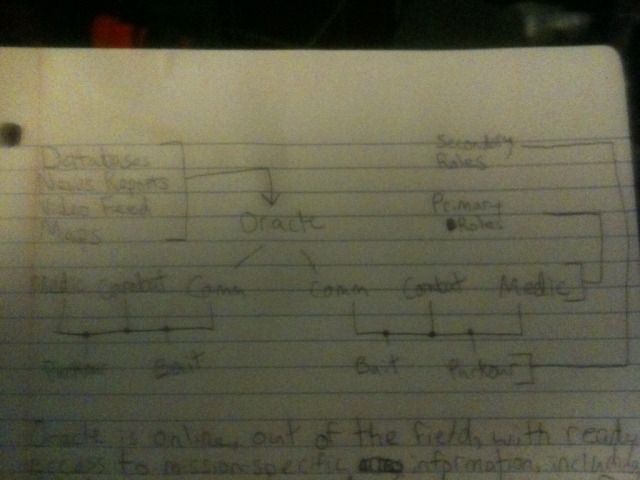
Grappling Guns Safety Lesson
Welcome to the first issues of Get You Gadget On. As you can tell by the title, this is a blog about Gadgets. I want to make this a running article addressing various aspects of RLSH gadgetry, software, tech, and toys. Hopefully this blog will serve as a repository of information where heroes can find answers to questions that vex them throughout their service as an active member of the community.
I also want to have other distinguished guests bring subjects to the blog. I don’t know everything about the gadget world (since so much of it is in flux) so I will defer to those who are more informed and experienced when the need arises. Indeed there are a great number of accomplished gadget builders in the community. I hope they will join me in passing along some knowledge.
Let’s get to it!
Separating Physics from Fiction
We all love comic book superheroes. Duh! They got all these cool toys! Spiderman has his web shooters. Cyclops has his eye blaster. Batman has the bat-a-rang, grappling gun, bat-mobile, bat plane, tons of stuff. Ironman IS a gadget. Man these guys got it all. But it’s what they don’t have that makes their gadgets the best. Laws of physics. Without these laws, a simple basement built chemical web shooter will allow you to swing between skyscrapers and stop run away locomotives. Sweet!
Of course we do have those laws. Take that comic heroes, we have all your laws of physics. Nah Nah Nyah! We get to deal with things like mass and gravity, heat and chemical reactions, velocity and stresses and.. And so many things it becomes very hard to build a good gadget. But that doesn’t stop us from trying. It doesn’t stop us from succeeding either. But it does make some things very, very impractical.
Grappling Gun
This is by far the most requested item that comes across my inbox. I have had at least 10 requests for a grappling gun in the past year. Every interview I have ever done included at least one question about grappling guns. What is it about this little beauty that makes people salivate like an over fed dog? Is it the fact that it gives you lateral movement? Is it the fact that it allows you to swoop out of the skyline and pummel the bad guy? Is it the fact that it allows you to make a quick get away when needed? Is it the fact that it will allow you to get above your city in order to get a better view of your patrol area? Is it the fact that they are damned sexy cool?
Answer: All of the above…
Accept that none of those are facts. They are all fiction. Comic lore that doesn’t actually function because of those laws of physics and stuff, I mentioned earlier.
So it can’t be built? Not precisely. It can be built. It has been built. This is the latest version.

http://www.tomsguide.com/us/batelle-grappling-hook-gun,news-9060.html
How’s that for sexy cool? Looks like pregnant airsoft rifle. Actually it kinda is a pregnant airsoft rifle. That is as close as we can get to a real grappling gun.
See that big barrel shaped thing on the front? That is where the 100ft of rope is stored. Guess what that does? It makes it front heavy. So it is hard to aim. It weighs close to 30 lbs. Carry that around on patrol for 3 hours. You won’t want to do it again, I’ll bet. Also it is air powered. So it takes a long time to reload. And it WON’T pull your weight up the side of a building automatically. You actually have to climb the rope! Holy rope burn Batman! This is turning into work!
Also there are liability issues. The hook and rope will almost definitely damage whatever you hook it to. That’s a lawsuit, maybe even jail time. If you do decide to climb the rope, you have to leave the gun on the ground, and then pull it up after you are on the roof. You know what will happen then? Some super-villain will take your gun while you are climbing the rope! Yep. As soon as you get 2 stories up that gun will belong to Malvado!
So that is pretty much it for Grappling Guns. It can be done but it is really a very, very impractical device to have along in the field









